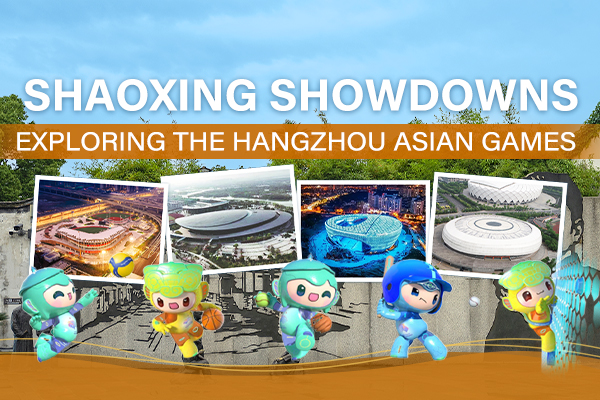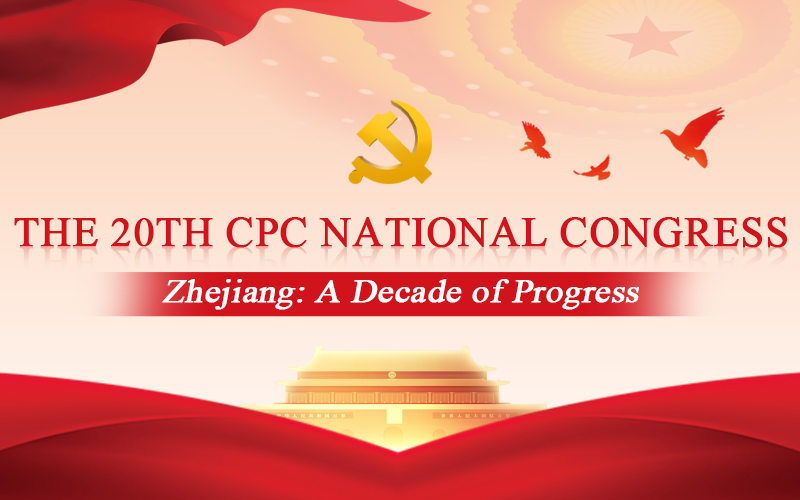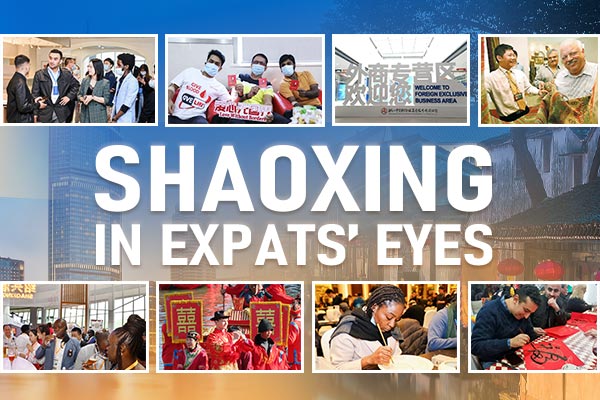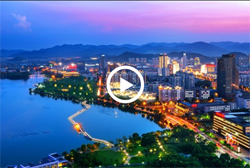Shaoxing Rice Wine Festival
Shaoxing wine is a Chinese rice wine used not only for drinking but also for cooking. It is made from fermented glutinous rice and is sweeter and stronger than mijiu (the normal rice wine).
The wine is named after a famous wine-making city in Zhejiang province of eastern China. It has a flavor of dry sherry and is usually translucent, amber in color and about 14-20 percent alcohol. It is internationally well known and renowned throughout the Chinese mainland, as well as in Taiwan and Southeast Asia.
An annual event dedicated to promoting the rice wine culture, the Shaoxing Rice Wine Festival, has been held successfully since 1990. At the beginning, it was held mostly in the spring, but it gradually moved to the autumn so that it didn't clash with the China Orchid Pavilion International Calligraphy Festival, another famous event hosted by Shaoxing on the third day of the third month of the Chinese lunar calendar.
The tradition of holding wine parties has a long history in Dongpu town, the birthplace of Shaoxing rice wine. According to historical records, during the Yuan Dynasty (1271-1368), a local official once "drank rice wine, rowed a dragon boat, and had fun with citizens" in Xuedu village near Dongpu town. Records also show that Dongpu held a three-day wine fair from the sixth day to the eighth day of the seventh lunar month during the Qing Dynasty (1644-1911). It included worshipping gods, performing local dramas, and organizing dragon boat races as well as holding economic activities in which numerous merchants participated.
Today, the event has evolved into a grand and wider-ranging festival that integrates trade, tourism, and culture in order to demonstrate the special charm of Shaoxing to the world.
The event consists of a series of programs such as product tour exhibitions, promotion and negotiation of investment projects, artistic shows, and wine culture academic seminars. Also on the program are wine riddle games, wine poetry competitions, exhibitions of themed paintings and calligraphic works, displays of artistic lighting, and local commodity fairs.
The festival's history may well be matched by its future, not only because of its cultural elements but also because people have developed a taste for Shaoxing wine they are unlikely to abandon.


 Shaoxing Showdowns
Shaoxing Showdowns Zhejiang: A Decade of Progress
Zhejiang: A Decade of Progress Shaoxing in expats' eyes
Shaoxing in expats' eyes